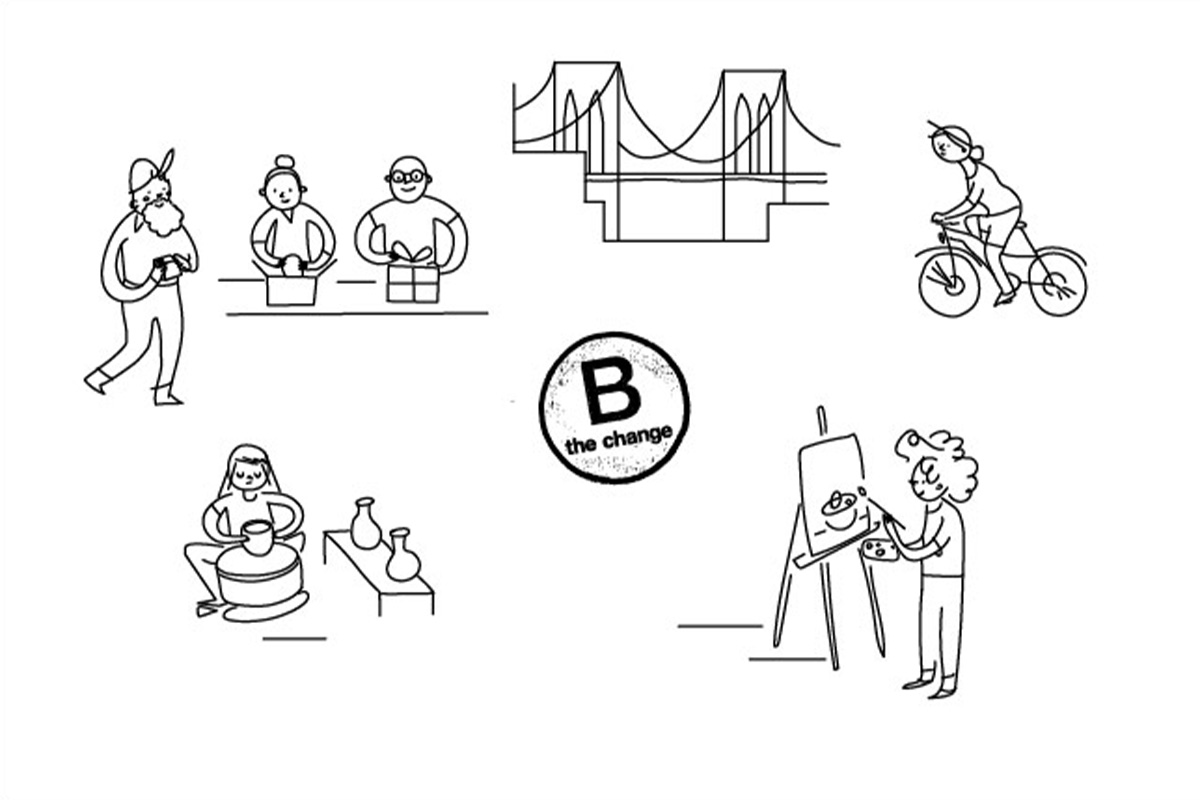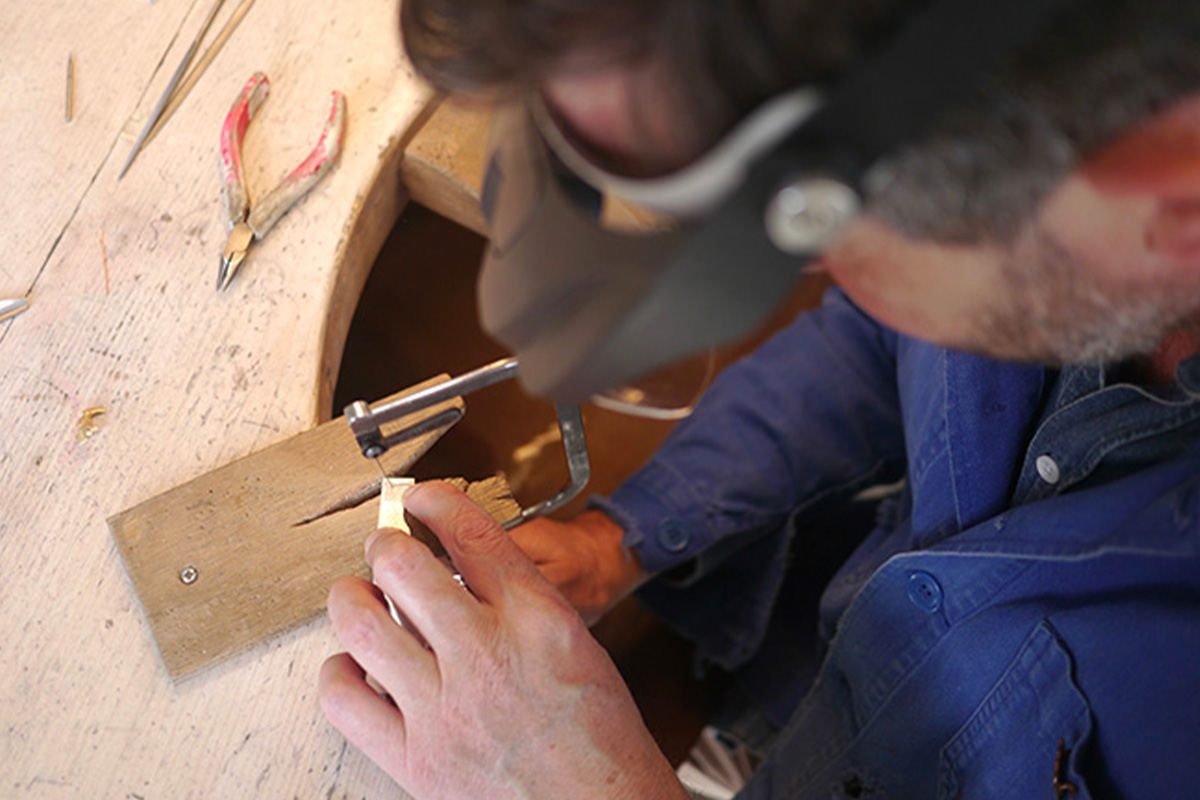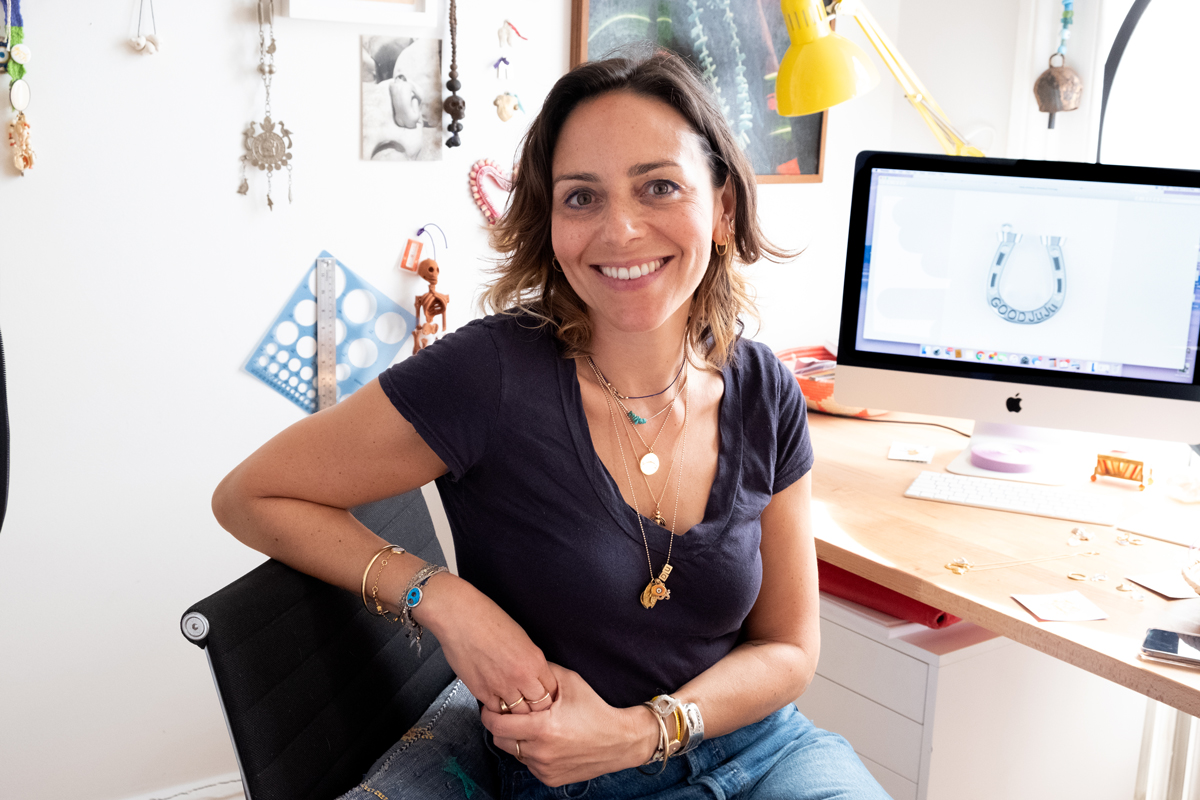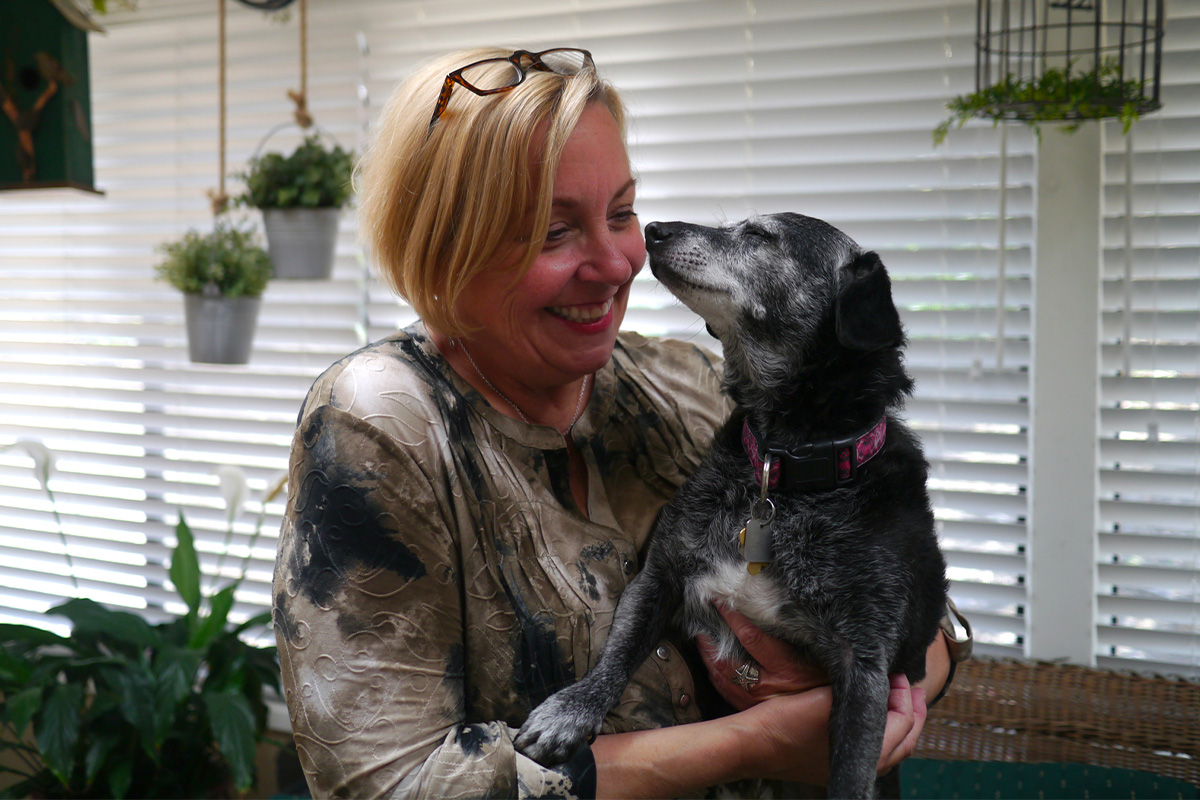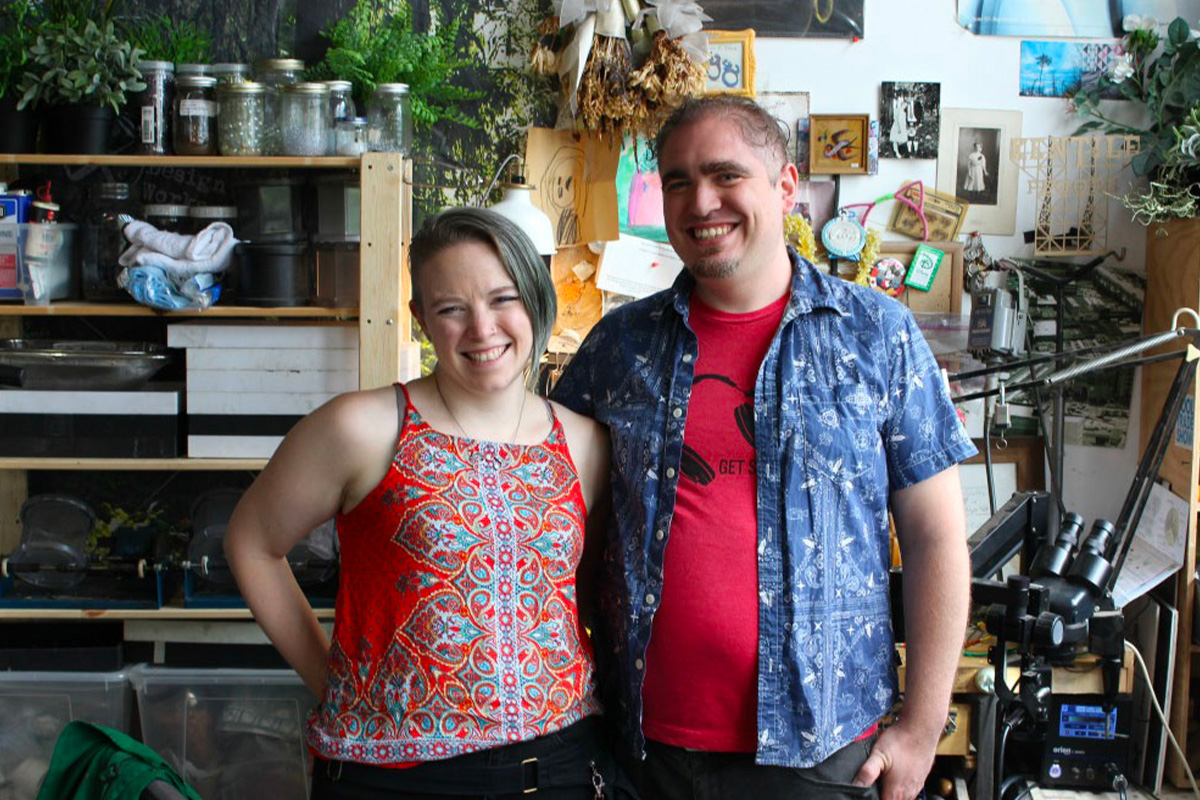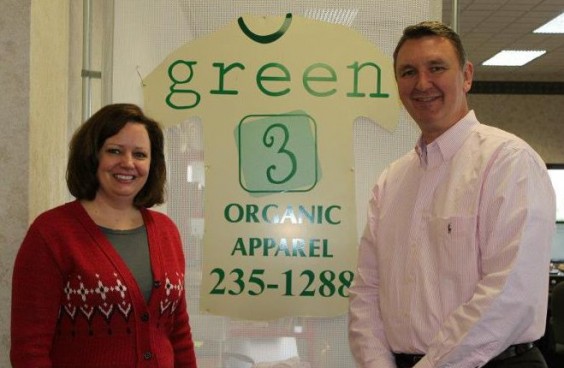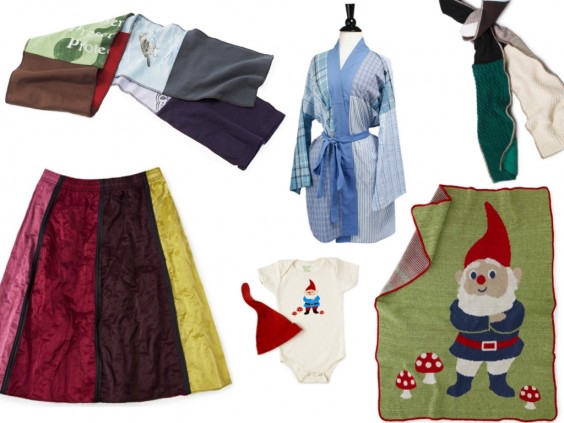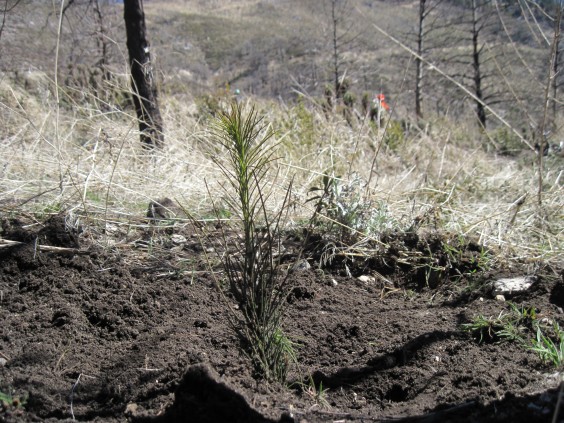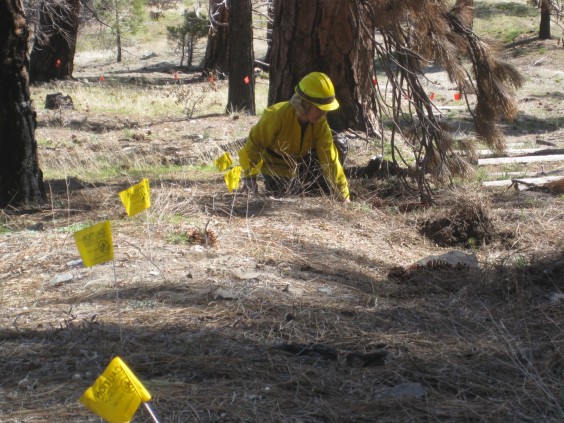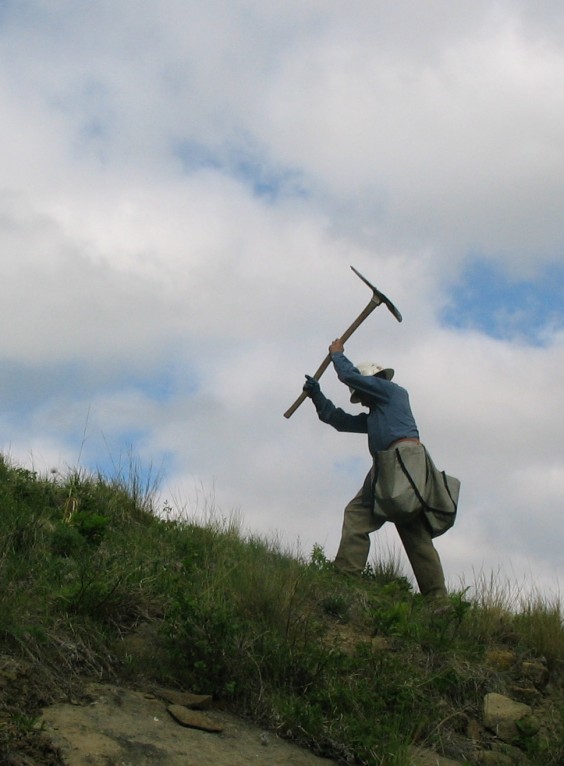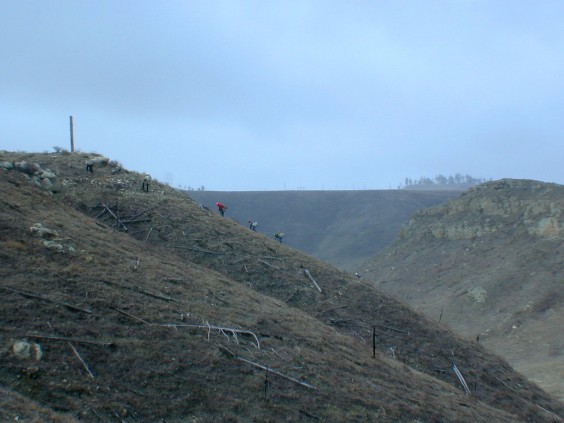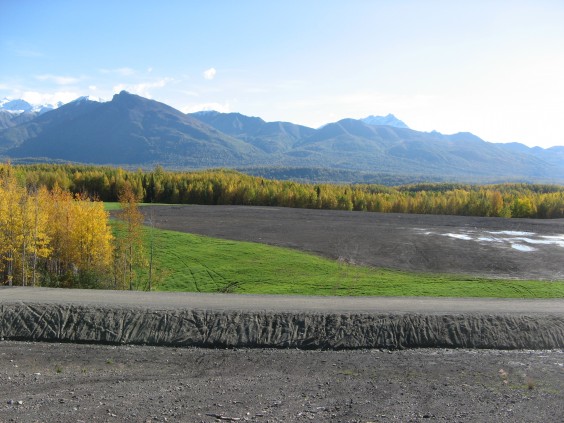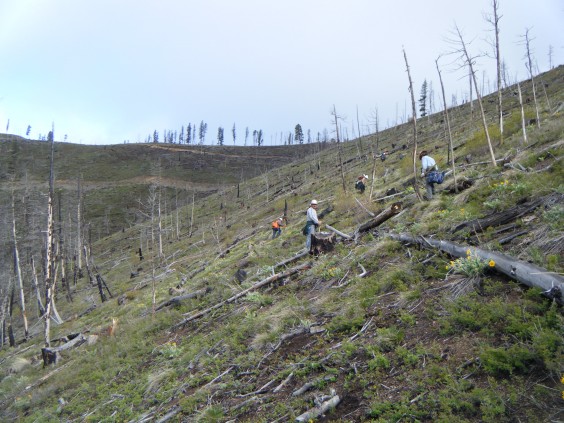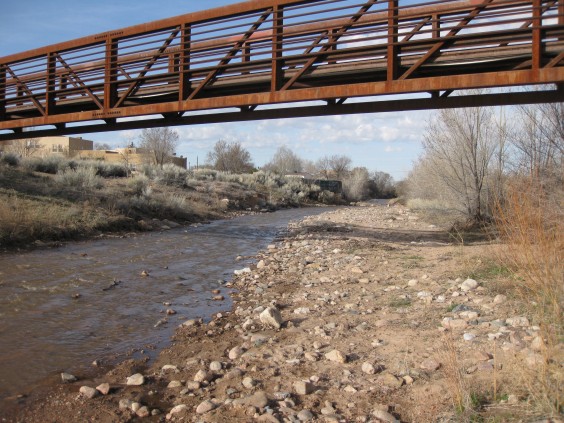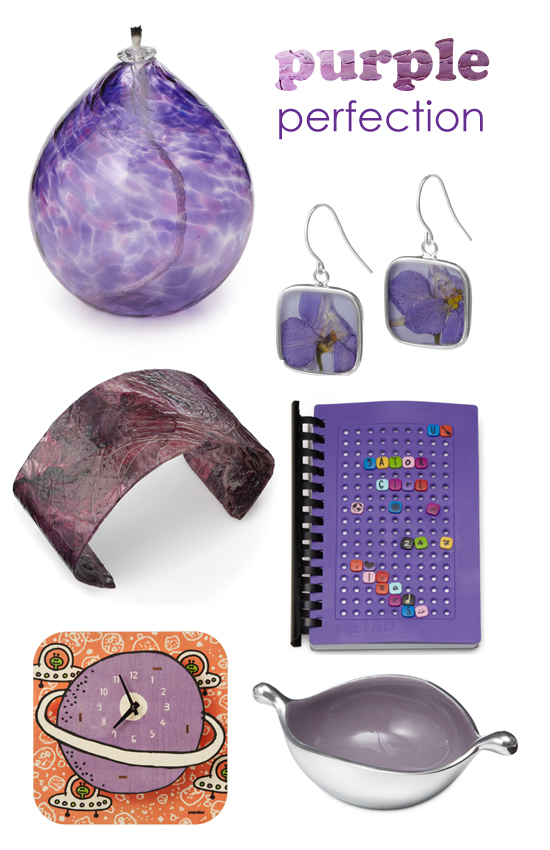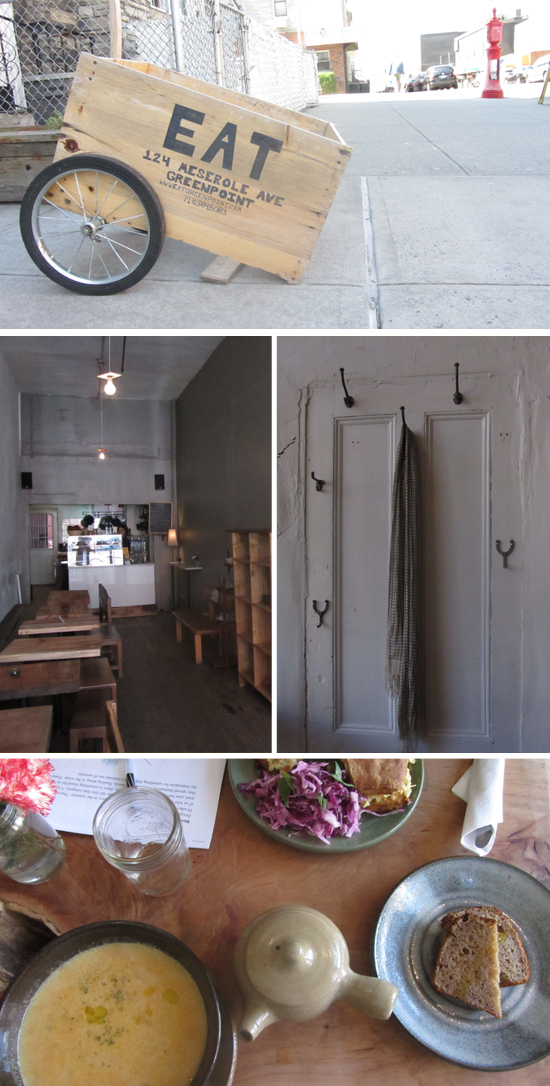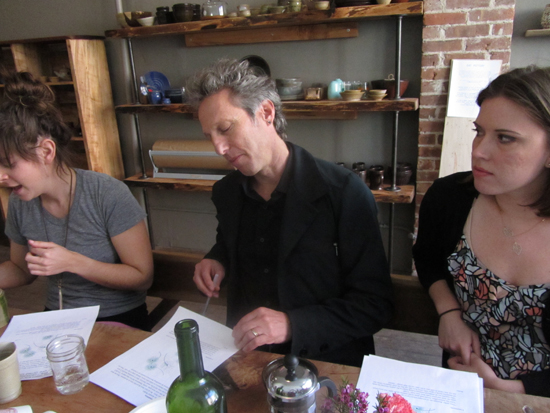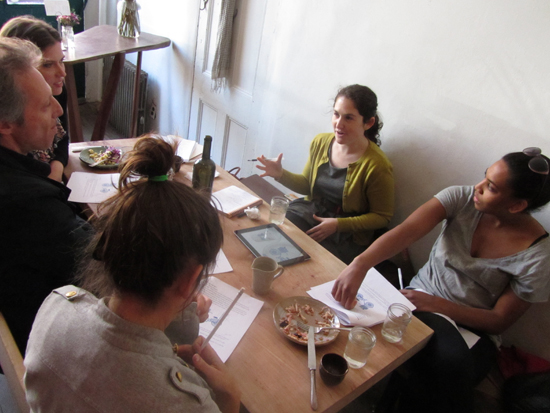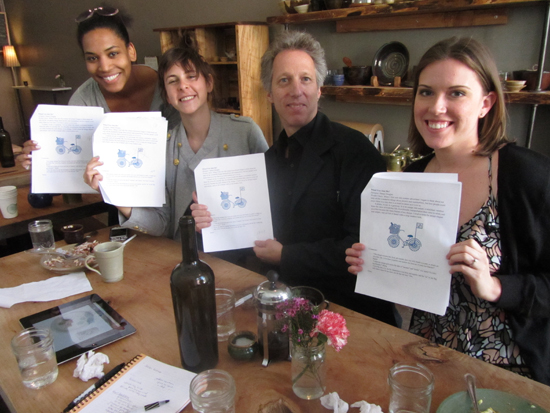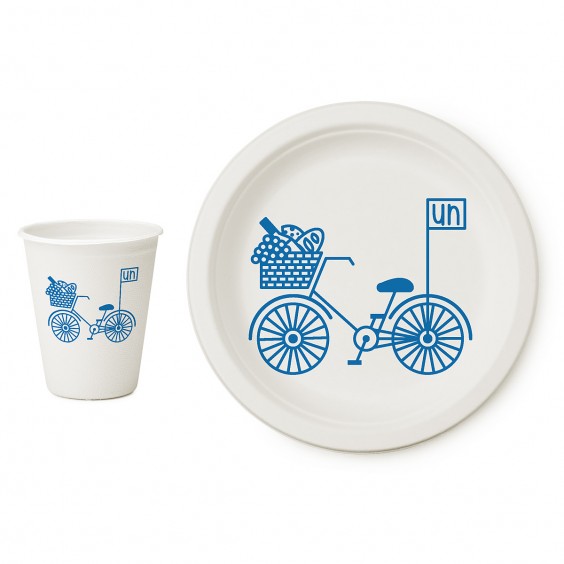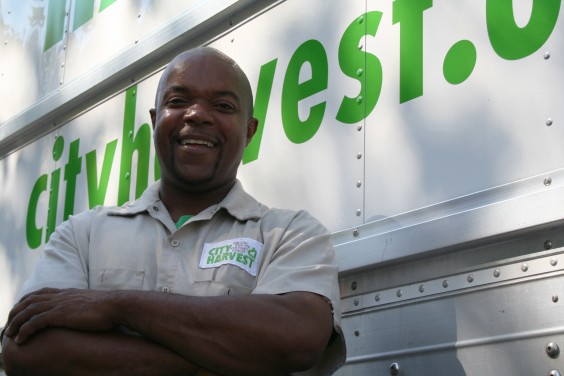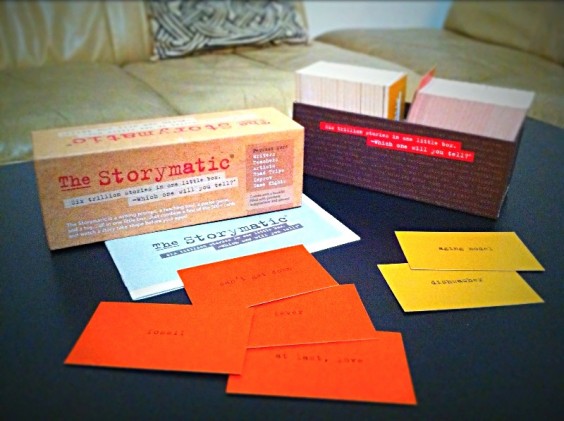Our friends at Green 3, Jim and Sandy Martin, have helped us add some fantastic uncommon goods to our assortment. From adorable babywear like the gnome babysuit and hat and matching blanket, to the perfect-for-a-breezy-spring-day reclaimed t-shirt scarves, to the summer-friendly update on the popular recycled sweater skirt, the recycled bridesmaid dress skirt, the Martins know eco-friendly fashion.
Jim works closely with our product development team to create unique clothing and accessories exclusive to UncommonGoods, like the bridesmaid dress skirt and the comfy, casual recycled dress shirt robe. We love that these products come from recycled materials, and many are even created with the help of organizations working with disabled adults.
“My wife Sandy started the company,” he told us. “She grew up on a farm in Michigan and saw firsthand the negative implications on the farmer’s health when they are exposed to chemical pesticides on a daily basis. She felt strongly that her company would focus on sustainable fibers that caused the least damage possible to the environment.”
Causing less damage to the environment means using organic cotton, like that in Green 3’s babysuits, and reusing materials when possible.
Sometimes those materials, like the sweaters used to make recycled sweater scarves, come from thrift stores. Others are leftovers from apparel manufacturers. “We actually look at what types of fabrics are available to us, and then design into the fabric,” Jim explained. “Certain fabrics lend themselves to specific applications and steer us into new product categories.”
Once the fabric is in hand each piece is inspected individually to insure it meets aesthetic and quality standards. Thrift store items are washed before being deconstructed and prepared for cutting and sewing, so even though the garment created may be made from secondhand materials, it’s as good as new.
The processes of selecting, inspecting, and preparing fabrics and creating the final products are all done in the United States. “Sandy and I had both been in the corporate apparel industry for over 20 years. During that time we watched a steady flow of jobs going overseas,” said Jim. “We just felt strongly that we could do it here and bring a few jobs back. What we’re finding is that we’re not the only ones that feel this way. More and more like minded companies are partnering, and quickly it is becoming more than just a few jobs. In our community alone we employ 20 people. But our network of partners employs thousands.”
One partner helping Green three create handmade upcycled products for uncommon goods is Aspiro, a non-profit organization offering job training and career options to cognitively disabled adults in Green Bay, Wisc. “We contacted Aspiro after learning of them through a news report,” Jim said. “Their facility has been doing cut and sew work for years and they have a highly skilled labor force. When we toured the facility and saw the pride and passion of the workers, and how this opportunity for independence positively impacted their lives, we knew wanted to support the initiative any way we could.”
By partnering with Green 3 and other apparel manufactures, the skilled sewers at Aspiro earn fair wages and are given opportunities for independent living.
Thanks to these dedicated workers, secondhand and leftover fabrics, and the imaginations of Jim, Sandy, and the talented designers at Green 3, we’re always seeing updated products and trendy upcycled fashions. Which Green 3 design do you love most?

